Mon-Sat 9am-7pm

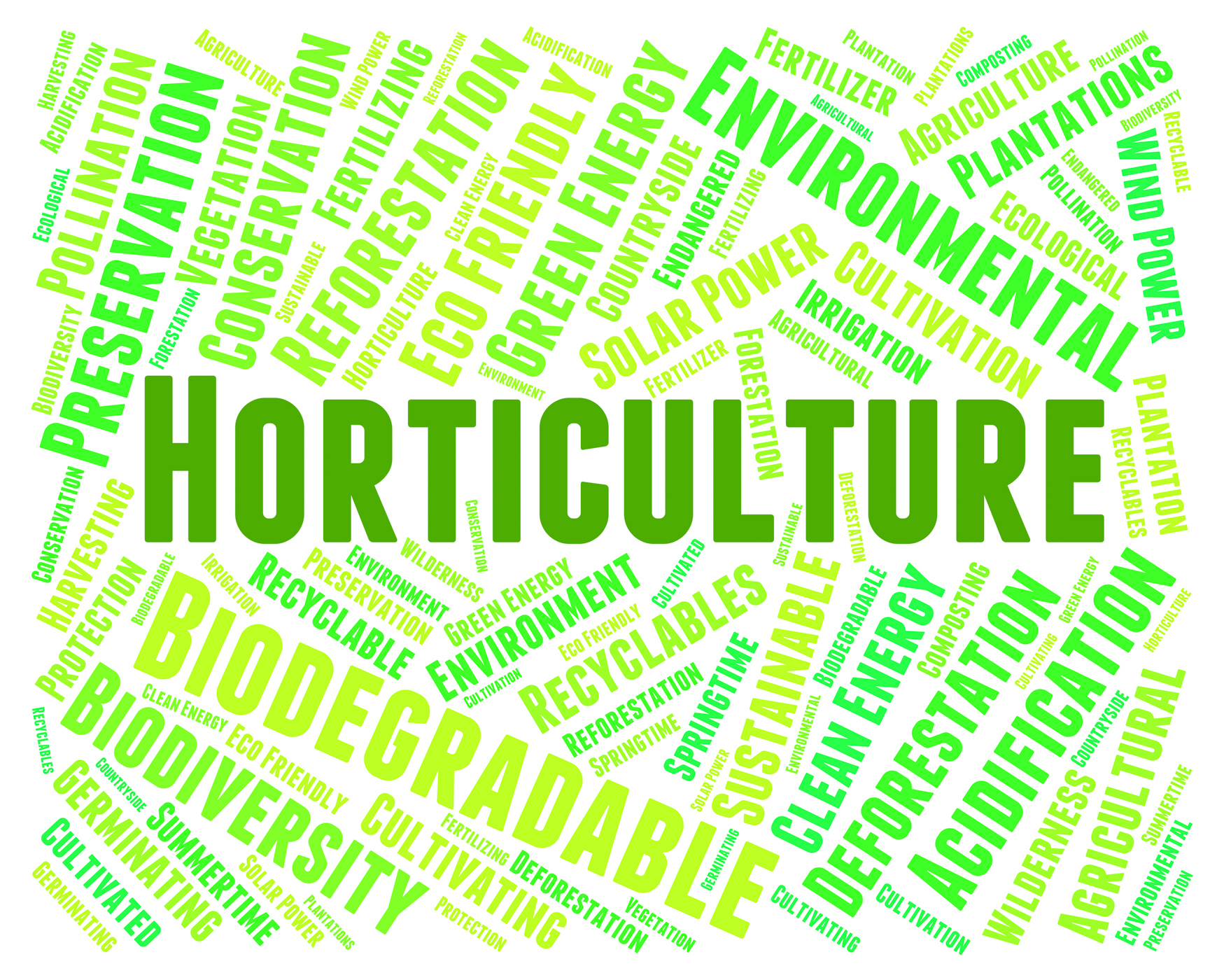
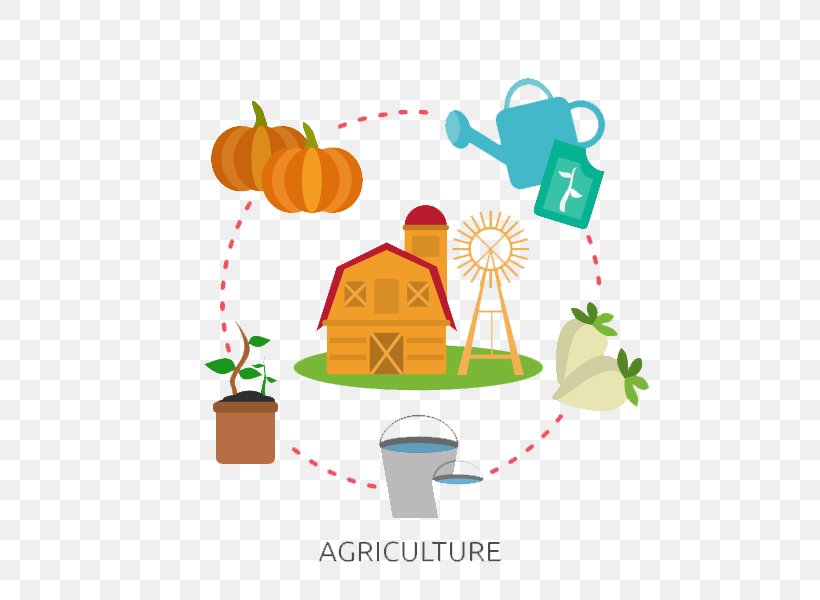
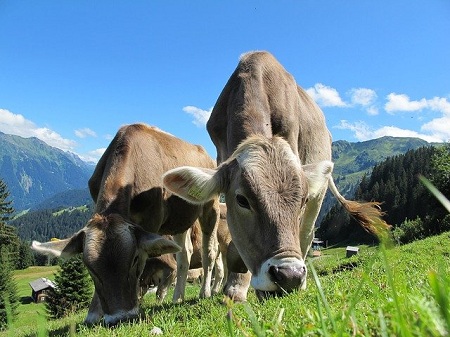
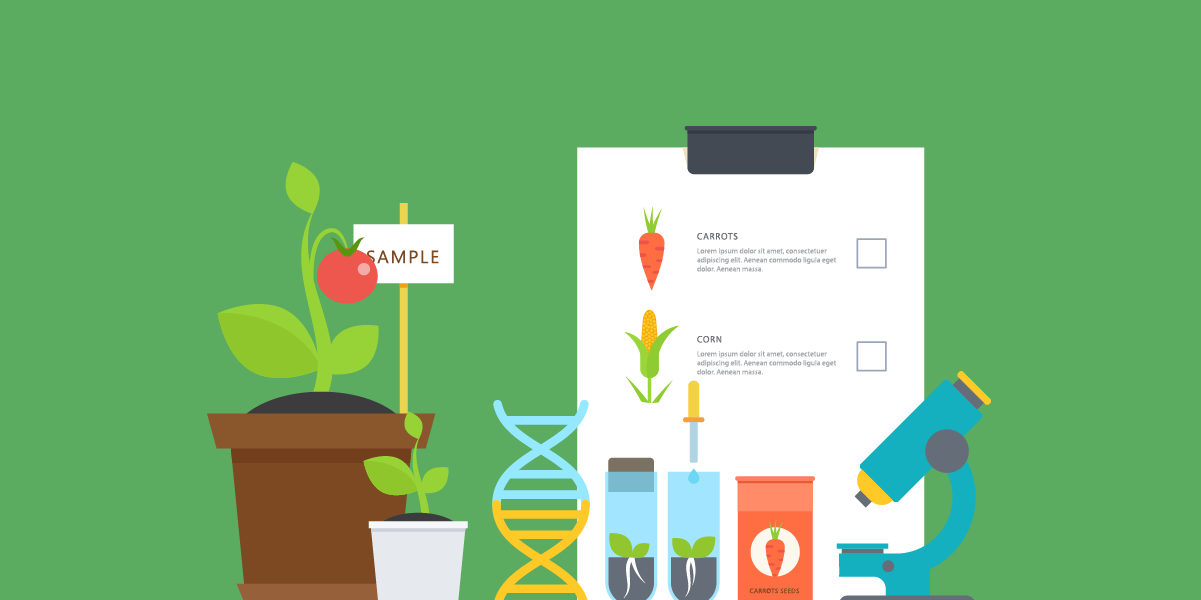
Dairy Technology is an engineering field that deals with the processing of milk and its products. A person who works to process milk and its products in order to remove harmful toxins without affecting the nutritional value is termed as “Dairy Technologist”. Dairy technology study involves processing, storage, packaging, distribution, and transportation of dairy products by implying the science of bacteriology, nutrition, and biochemistry.
Dairy Technology is a science and engineering field that deals with the study of milk processing and its products. It is a part of the food technology and processing industry that involves the processing, packaging, distribution, and transportation of various dairy products such as milk and ice cream by using the science of biochemistry, bacteriology, and nutrition. The field of dairy technology basically uses “technology” to make dairy products hi-tech as well as useful.

Step 1:
Candidates should have passed 10+2 in science with physics, chemistry mathematics, and English with a minimum aggregate of 50 percent. In order to become a Dairy Technologist, an individual requires to pass 10+2 with physics, chemistry, mathematics, and English with a minimum aggregate of 50 percent.
Step 2:
Entrance Examination: There are several universities and institutions that have a bachelor's course in dairy technology. In order to gain admission into these institutions, one needs to clear the entrance examinations.
There is a lot of scope for those who are joining the dairy industry as Dairy Technologists in the present scenario. Apart from joining private or government Milk processing units like Verka, Vita, Amul, etc. as Assistant Dairy Technologists, they can also join educational institutions or research activities that are taking place on large scale to improve the quality and quantity of these products from the limited resources.
Diary Technologists can expect as good as Rs.25,000 to Rs.30,000 to start with depending upon the competence of the individual Technologists. There is a lot of money in private enterprises as well and it only gets better with time and experience.
With a boom in the Dairy related industry in the last couple of decades with the commercialization of every dairy product, the scope for these professionals is bound to increase in the times to come especially in the countries like India, Australia, NewZealand where the population of Milch animals is comparatively very high. A couple of years of dedicated work and some experience along with a master's degree could lead a Dairy Technologist to a pay package of nearly Rs.50,000 per month.
High in calcium and vitamin D: Milk is a convenient and concentrated source of both these nutrients, which are essential dietary components for bone health. The recommended daily amount of calcium for an adult under 50 years old is 1000 mg, according to the National Institutes of Health, and an 8-oz cup of milk provides about 300 mg of calcium. Vitamin D helps your body absorb calcium and is a pretty common vitamin to be deficient in. While you can get these nutrients in plenty of non-dairy foods (calcium is in seeds, beans, and leafy greens; vitamin D is in salmon, portobello mushrooms, and eggs), research shows that following a dairy-free diet may increase your risk of osteoporosis.
Whey and casein: These are the two proteins found in dairy products. Whey is by far the most popular protein used in protein powders, and casein (a slow-digesting protein) has been gaining popularity over the years as well. Both offer unique benefits regarding amino acid profiles and digestion rates. Whey contains an abundance of branched-chain amino acids, which are key for supporting muscle growth while also helping fight soreness from your workouts. (Research confirms that whey is a powerhouse protein for building muscle.) Between whey and casein, one 8-oz glass of milk packs about 8 grams of protein.
:Lactose: This dairy sugar is actually two sugars bonded together. Lactase, an enzyme in your body, breaks that bond so the individual sugars can be digested. But for the 65 percent of the world's population that has a reduced ability to digest lactose (aka lactose intolerance), consuming dairy can disrupt the GI tract and provide fuel for bacteria in the gut, leading to bloating and gas. While the worldwide prevalence of lactose intolerance is pretty high, it's actually significantly lower in the U.S., affecting about 10 to 15 percent of adults (an estimated 30 to 50 million people), according to the FDA. If you notice gas, stomach cramps, bloating, nausea, or diarrhea about 30 minutes to two hours after consuming food with lactose, you may be lactose intolerant. (Related: Can Lactose Intolerance Be Cured?)
Lactose intolerance is tricky, as it's on a sliding scale. Because of varying levels of lactase production by different people, some can't go near milk but can enjoy cheese or yogurt (which have less lactose). Your personal lactose tolerance is very individualized and should be something that you determine by removing dairy and then adding back different types to your diet to see how your body reacts. (And, when in doubt, see a doctor or dietitian for help.) You may discover you have no issue at all with lactose, or you may find that you can't handle the lactose in a glass of milk.
Whey and casein: Yes, whey and casein are both pros and cons for eating dairy. The downside of these proteins is that they're the most common food allergens in infants and young children. The consensus is that you outgrow these allergies, but naturopathic doctor Brooke Kalanick, the coauthor of Ultimate You, disagrees. (Related: 10 New Smoothies You'll Love)
"I'm not sure anyone's ever explained the 'outgrowing' aspect to me in terms of good science; it seems like one of those things that just gets passed down and taken as fact. In my practice, I see adults that have low-grade digestive issues such as bloating or irregular bowel movements, but congestion is also very common. Most people don't even complain about it or they don't connect it to the food. Then they come off of dairy and are amazed." It's important to note that a milk allergy is different from intolerance. An allergy involves your immune system, according to the Mayo Clinic.
Acne: "Acne is another huge issue for adults with dairy issues," says Kalanick. Indeed, a growing body of research links dairy with acne, though researchers aren't entirely sure why; some possibilities include the use of growth hormones and steroids in cows used for milk production.
Calories: Milk is often touted in dietary recommendations as somewhat of an elixir of life and something you should have at all your meals. The nutrients in milk are great, but it still contains calories-about 120 in one cup of 2 percent milk. If you drink this three times a day (with breakfast, lunch, and dinner) that's an extra 360 calories, which could be 20 percent of your caloric intake for the day. This is a fair amount of calories to be drinking, and that's assuming you only pour 8 ounces. Perhaps this is why the Harvard School of Public Health's "Healthy Plate" (their alternative to MyPlate) emphasizes drinking water, tea, or coffee (with little or no sweetener) and limiting milk to one or two glasses per day. (Related: The Worst Drinks for Your Body)
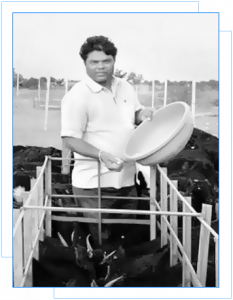

Call us at +91 9205084085, Monday - Friday, 9 am - 7 pm


